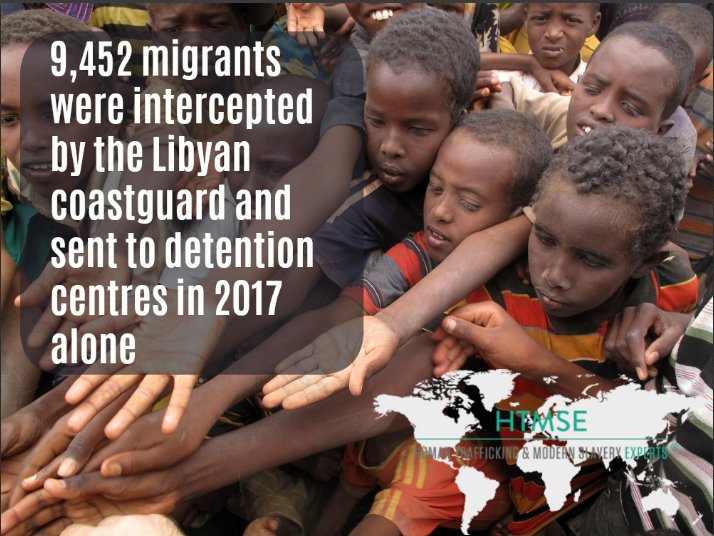The UN special rapporteur on extreme poverty and human rights, Philip Alston, has released a report warning of an impending ‘climate apartheid’. ‘Climate apartheid’ is considered to be a state of affairs that will be brought on by climate change where wealthier individuals can pay to move and avoid rising heat and hunger, leaving poorer communities behind. This issue has been described as posing a great threat to human rights and the rule of law, in particular such a state of affairs may contribute to an increase in human trafficking.
The conditions for human trafficking can be generated effectively by natural disasters. Specifically natural disasters create conditions where individuals are vulnerable, and whilst these vulnerabilities may be linked to a variety of different factors one of the most significant is homelessness (See HTMSE’s blog on Human Trafficking and Homelessness here). The International Organisation for Migration has identified a particular nexus that exists between human trafficking and climate change. In particular, the increased risk of natural disasters posed by climate change, as well as the social strain caused by climate change which can lead to conflict, poverty, and instability, tends to a more general possibility that climate change may be a major contributor to increases in human trafficking in the near future. However, the International Organisation for Migration (IOM) states that the overlap between human trafficking and climate change is largely un-researched and scholarship on this topic is limited. Drawing on practitioner reports and available research the IOM describes the impact of sudden and slow onset natural disasters on the risk of human trafficking. Sudden natural disasters were identified as driving an irregular pattern of migration as individuals attempt to leave the affected zone and trafficking from refugee camps set up in response to the situation. Slow onset disasters, such as coastal erosion or repeated droughts damaging arable land, also drives the risk of human trafficking by increasing outmigration, increasing poverty, and potentially unemployment. It is these slow onset disasters in particular that may fuel a situation similar to that of ‘climate apartheid’.
Given that ‘climate apartheid’ will be generated by those with means leaving areas that are slowly rendered inhospitable by climate change it is apparent that measures are required to limit the risks of human trafficking and other human rights abuses. NGO’s have suggested that long-term recovery strategies for sudden natural disasters, such as hurricanes, should incorporate plans to address the increased risk of human trafficking. The IOM similarly advocates that with slow onset disasters long term plans for tackling the issues of climate change should also address the changes to social environments that are conducive to human trafficking. Similarly, efforts addressing human trafficking ought to also account for potential changes in the social environment that may be effected by climate change.
Overall it appears likely that the social impacts of climate change could lead to an increased risk of human trafficking and modern slavery, particularly in areas where climate change causes natural disasters. However, in both slow onset and sudden natural disasters it is possible to mitigate the increased risk of human trafficking by ensuring effective recovery and law enforcement practices are built into long term strategies.
